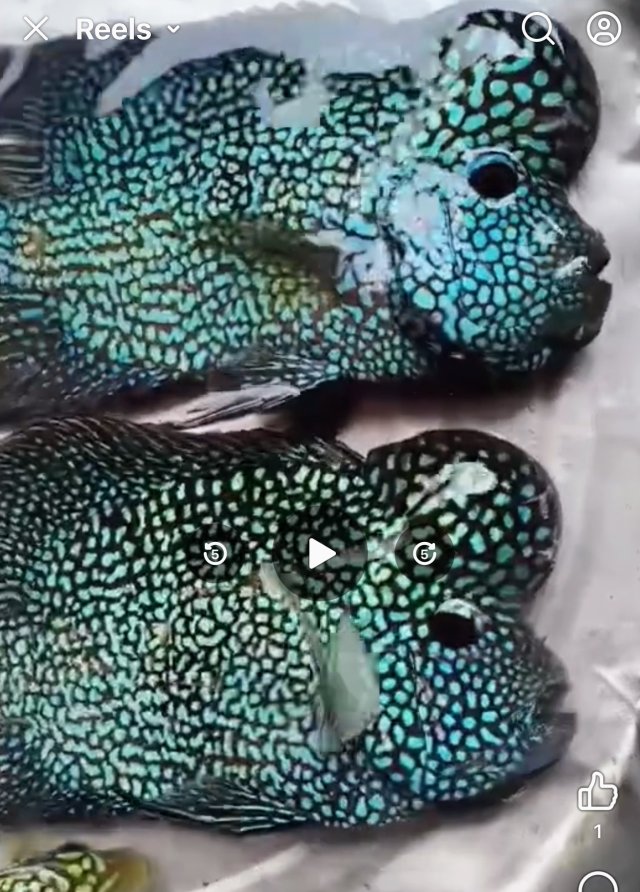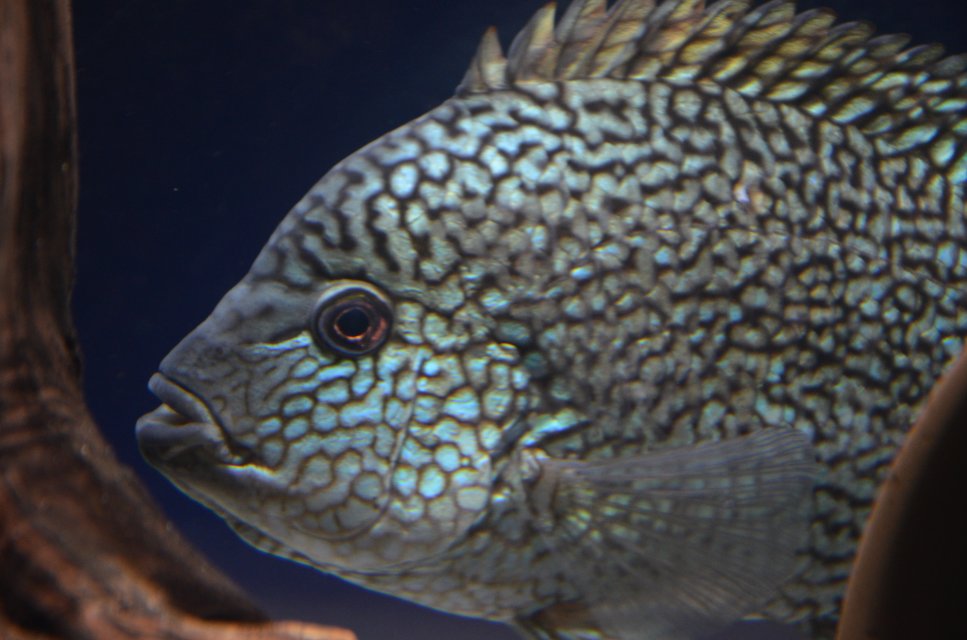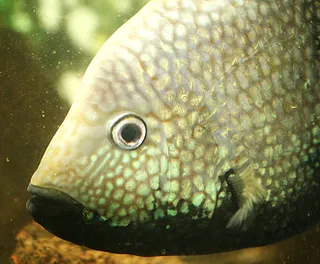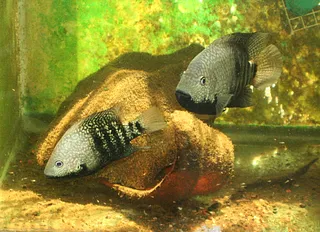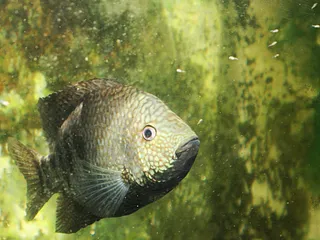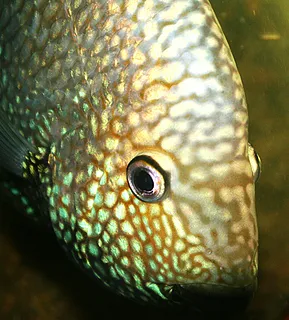Carpintas Escondido??
- Thread starter danotaylor
- Start date
You are using an out of date browser. It may not display this or other websites correctly.
You should upgrade or use an alternative browser.
You should upgrade or use an alternative browser.
Herichthys cyanoguttatus are commonly called Green Texas cichlid
Herichthys carpinitis are commonly called Blue Texas cichlid
They are closley related and are almost indistinguishable. One has bigger pearls vs the other is what I have heard over the years.
The catch location will really help with telling what it is as they have different ranges in Texas and Mexico.
These are both carpinitis. First one ordered from COTA and came in about 7in in size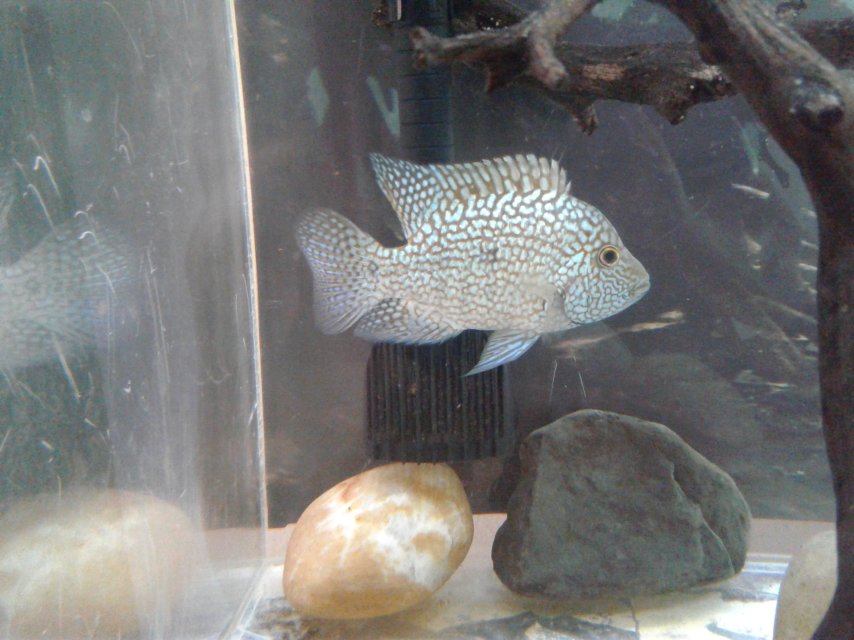
This one I got from TUIC and raised it from a 1in fry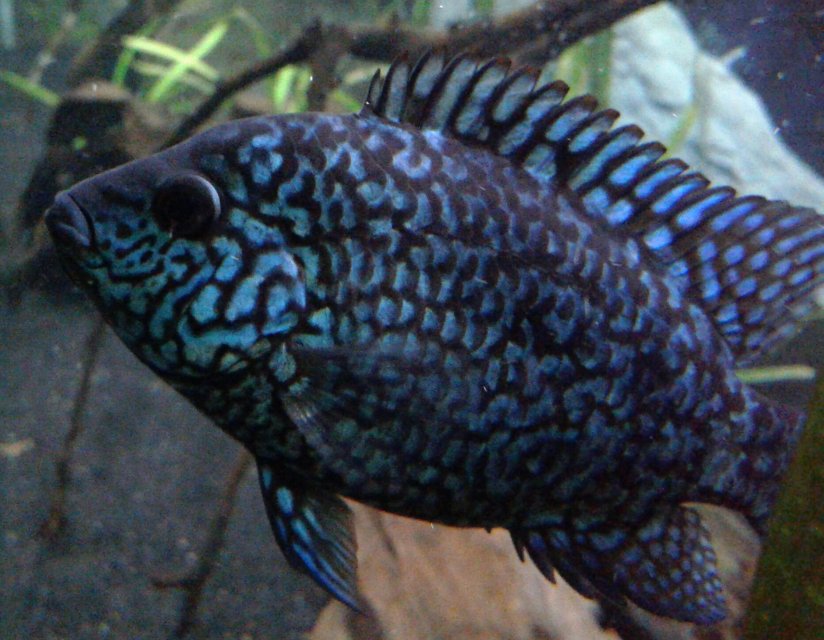
The darkness difference is due to the substrate in the tanks. The fish will try and blend in to its surroundings, lighter tank lighter fish. Black substrate black fish.
I never did have cyanoguttatus.
Herichthys carpinitis are commonly called Blue Texas cichlid
They are closley related and are almost indistinguishable. One has bigger pearls vs the other is what I have heard over the years.
The catch location will really help with telling what it is as they have different ranges in Texas and Mexico.
These are both carpinitis. First one ordered from COTA and came in about 7in in size

This one I got from TUIC and raised it from a 1in fry

The darkness difference is due to the substrate in the tanks. The fish will try and blend in to its surroundings, lighter tank lighter fish. Black substrate black fish.
I never did have cyanoguttatus.
To me the term, green Texas or blue Texas mean nothing.
There is a either Herichthys cyanogutattus, H tamapopoensis, H minckleyi and the different location variants of H carpintus such as Chairel, or Escondido or Rio Hondo etc etc, and there are other species of Herichthys such as pantostictus, bartoni, tepahua, pame and steindachneri that look very unlike the Texas forms.
Each deserve their own scientific names (unless they are mutt hybrids) otherwise the aquarist really doesn't have a clue to what they he or she has.
There is a either Herichthys cyanogutattus, H tamapopoensis, H minckleyi and the different location variants of H carpintus such as Chairel, or Escondido or Rio Hondo etc etc, and there are other species of Herichthys such as pantostictus, bartoni, tepahua, pame and steindachneri that look very unlike the Texas forms.
Each deserve their own scientific names (unless they are mutt hybrids) otherwise the aquarist really doesn't have a clue to what they he or she has.
Gotcha. So the different colored spangles in the Carpintas relate to collection point differences only then? I really the ones you pictured in post #4 as well...To me the term, green Texas or blue Texas mean nothing.
There is a either Herichthys cyanogutattus, H tamapopoensis, H minckleyi and the different location variants of H carpintus such as Chairel, or Escondido or Rio Hondo etc etc, and there are other species of Herichthys such as pantostictus, bartoni, tepahua, pame and steindachneri that look very unlike the Texas forms.
Each deserve their own scientific names (unless they are mutt hybrids) otherwise the aquarist really doesn't have a clue to what they he or she has.
I don't know that its so easy to tel variants apart.
We separate variants to keep lines pure, just in case one day, species separation is possible.
Herichthys tamasopoensis was once considered a a location variant of carpitintus, but with advances in DNA sequencing,it was able be placed as a separate species.
So mixing of variants can be deletarious, much as the random crossbrreeding of cyanocuttatus and carpintus have created hybrid mutt, non-species, before it was realized they were actually separate species. Just because two species look superficially similar, doesn't mean they are.
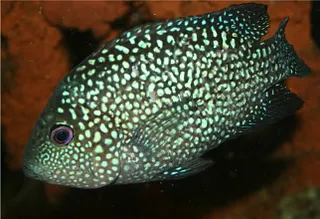
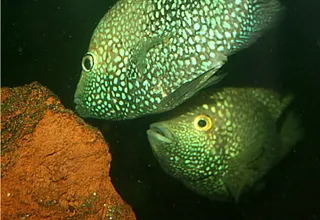
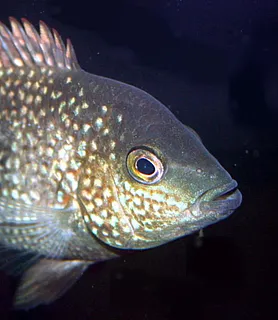
Above are H tamapopoensis
The same thing happened when all Paratilapia were first imported and many aquarists didn't reallize there are separate species within the genus Paratilapia.
To me, looking at these two, its obvious they are different, so just calling them Starry night cichlids, is at best shortsighted.
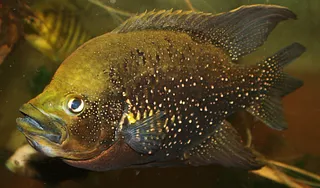
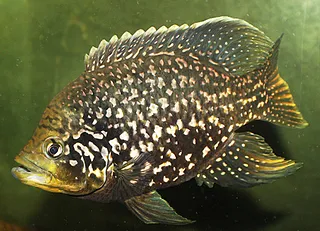
P polleni small spot (left) .............P andapa (right)
We separate variants to keep lines pure, just in case one day, species separation is possible.
Herichthys tamasopoensis was once considered a a location variant of carpitintus, but with advances in DNA sequencing,it was able be placed as a separate species.
So mixing of variants can be deletarious, much as the random crossbrreeding of cyanocuttatus and carpintus have created hybrid mutt, non-species, before it was realized they were actually separate species. Just because two species look superficially similar, doesn't mean they are.



Above are H tamapopoensis
The same thing happened when all Paratilapia were first imported and many aquarists didn't reallize there are separate species within the genus Paratilapia.
To me, looking at these two, its obvious they are different, so just calling them Starry night cichlids, is at best shortsighted.


P polleni small spot (left) .............P andapa (right)
Last edited:


